
Playa Jeremi: Curacao's Hidden Gem
Discover the tranquil beauty of Playa Jeremi in Curacao, where crystal-clear waters, vibrant marine life, and stunning sunsets create an unforgettable beach experience.
Nestled on the northwest coast of Curacao, Playa Jeremi is a serene and secluded beach destination that offers a perfect escape from the hustle and bustle of everyday life. With its crystal-clear turquoise waters and pristine white sands, this hidden gem is ideal for those seeking tranquility and natural beauty. The beach is surrounded by rugged cliffs, adding to its secluded charm and providing breathtaking panoramic views of the Caribbean Sea. Playa Jeremi is a favorite spot for snorkeling enthusiasts. The underwater world here is brimming with vibrant marine life, including colorful fish and stunning coral reefs. Make sure to bring your snorkeling gear to fully immerse yourself in the underwater paradise. The calm and shallow waters make it an excellent spot for both novice and experienced snorkelers. While Playa Jeremi lacks the commercial amenities found at larger beaches, its simplicity is part of its allure. There are no restaurants or beach bars directly on the beach, so it's advisable to pack a picnic and plenty of water. However, the lack of facilities ensures that Playa Jeremi remains unspoiled and offers a more authentic and peaceful beach experience. Don't forget to stay until sunset. The view of the sun dipping below the horizon, casting a golden glow over the water, is nothing short of magical. Playa Jeremi is a true gem for those looking to connect with nature and enjoy the serene beauty of Curacao.
Local tips in Playa Jeremi
- Bring your own snorkeling gear to explore the vibrant underwater life.
- Pack a picnic and plenty of water as there are no restaurants or bars on the beach.
- Stay until sunset for a breathtaking view that you won't want to miss.
- Wear sturdy shoes if you plan to explore the surrounding cliffs.
Playa Jeremi: Curacao's Hidden Gem
Nestled on the northwest coast of Curacao, Playa Jeremi is a serene and secluded beach destination that offers a perfect escape from the hustle and bustle of everyday life. With its crystal-clear turquoise waters and pristine white sands, this hidden gem is ideal for those seeking tranquility and natural beauty. The beach is surrounded by rugged cliffs, adding to its secluded charm and providing breathtaking panoramic views of the Caribbean Sea. Playa Jeremi is a favorite spot for snorkeling enthusiasts. The underwater world here is brimming with vibrant marine life, including colorful fish and stunning coral reefs. Make sure to bring your snorkeling gear to fully immerse yourself in the underwater paradise. The calm and shallow waters make it an excellent spot for both novice and experienced snorkelers. While Playa Jeremi lacks the commercial amenities found at larger beaches, its simplicity is part of its allure. There are no restaurants or beach bars directly on the beach, so it's advisable to pack a picnic and plenty of water. However, the lack of facilities ensures that Playa Jeremi remains unspoiled and offers a more authentic and peaceful beach experience. Don't forget to stay until sunset. The view of the sun dipping below the horizon, casting a golden glow over the water, is nothing short of magical. Playa Jeremi is a true gem for those looking to connect with nature and enjoy the serene beauty of Curacao.
When is the best time to go to Playa Jeremi?
Iconic landmarks you can’t miss
Playa Grandi
Discover the beauty of Playa Grandi in Curaçao, a prime destination for snorkeling, sunbathing, and experiencing local culture against a stunning beach backdrop.
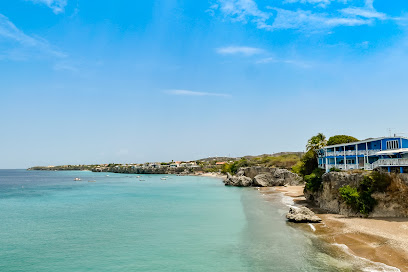
Manor Knip
Explore the stunning heritage and breathtaking views at Manor Knip, a historical site in Curaçao rich in culture and natural beauty.
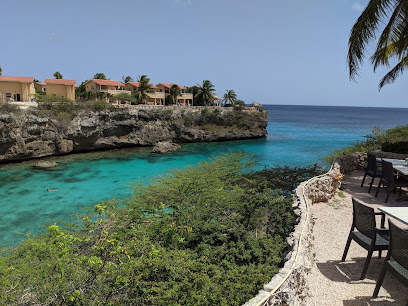
La Peninsula Jeremi
Experience the beauty of La Peninsula Jeremi, a luxurious ocean resort in Curaçao, where stunning views and rich culture await every traveler.
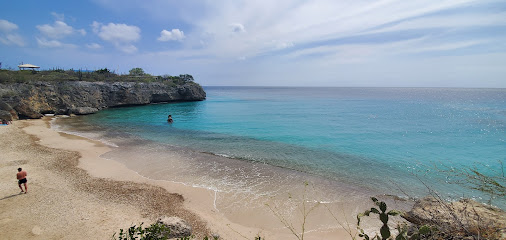
Unmissable attractions to see
I ️ Curaçao
Discover the enchanting island of Curaçao, where vibrant culture, stunning beaches, and rich history create an unforgettable Caribbean getaway.
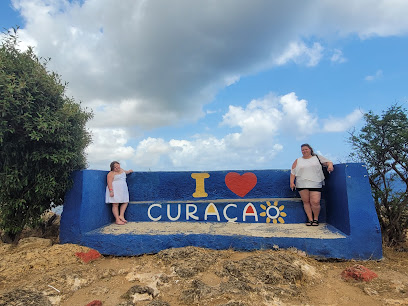
Punda Love Heart
Discover the enchanting Punda Love Heart in Willemstad, a perfect blend of vibrant culture, stunning views, and unforgettable memories.
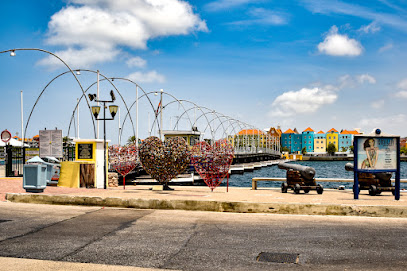
Parke Leyba
Unwind in the lush surroundings of Parke Leyba, a serene park in Willemstad, Curaçao, perfect for relaxation and nature exploration.

Street Art Skalo
Explore the vibrant street art and murals of Skalo, an open-air museum in Willemstad, Curaçao, where creativity and culture collide in a colorful display.

Landhuis Jan Kock
Explore Landhuis Jan Kock, a historical treasure in Jan Kok, Curaçao, showcasing colonial architecture and rich cultural heritage amidst stunning landscapes.
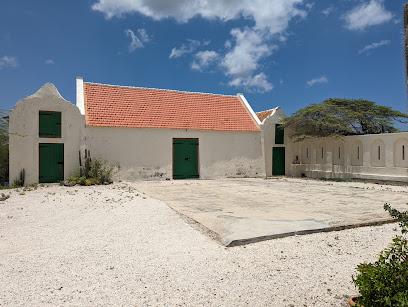
Essential places to dine
Pirate Bay Curaçao Beach Club and Restaurant
Experience culinary delights and breathtaking ocean views at Pirate Bay Curaçao Beach Club and Restaurant - your tropical paradise awaits!
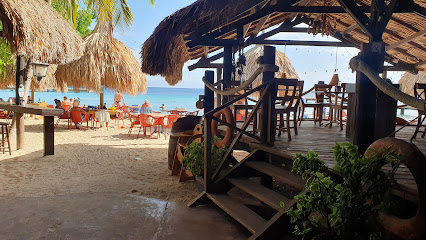
Karakter Beach - Lounge - Restaurant
Discover Karakter Beach - where exquisite cuisine meets breathtaking ocean views in the heart of Curaçao.
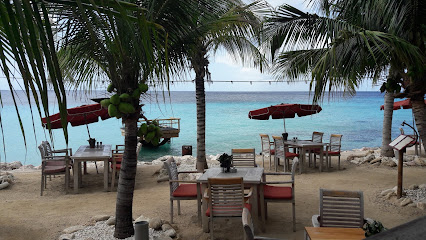
Restaurant Playa Forti
Experience exquisite seafood and stunning views at Restaurant Playa Forti in beautiful Curaçao.
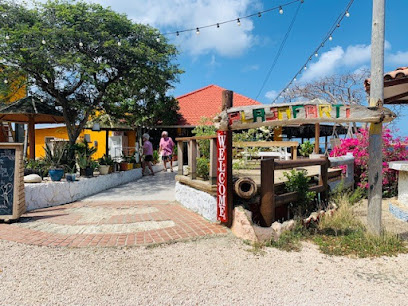
Jaanchie Restaurant
Experience authentic Caribbean cuisine at Jaanchie Restaurant in Sabana Westpunt, Curaçao—where every meal tells a flavorful story.
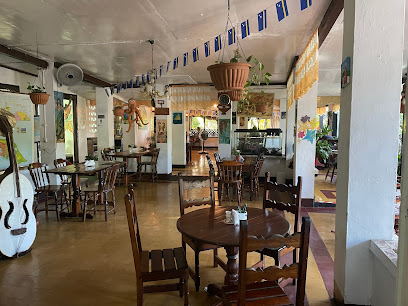
Blue View Sunset Terrace
Experience culinary delights at Blue View Sunset Terrace while enjoying breathtaking sunset views over the Caribbean Sea in Curaçao.
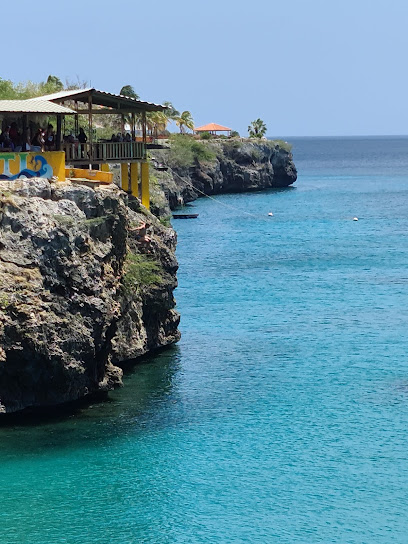
Shelterrock Paradise
Discover Shelterrock Paradise in Curaçao: where exquisite cuisine meets vibrant live music for an unforgettable dining experience.
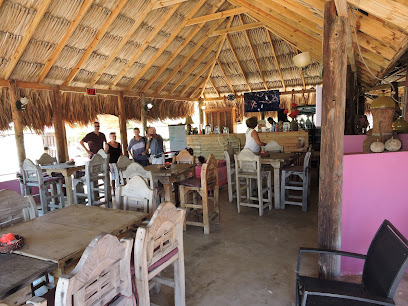
Sol Food
Experience authentic Caribbean flavors at Sol Food in Sabana Westpunt, Curaçao—where fresh ingredients meet warm hospitality.

Bahia Beach Bar & Restaurant
Experience the flavors of Curaçao at Bahia Beach Bar & Restaurant – where every meal comes with stunning ocean views.

Discover Lagun
Discover Lagun: A Culinary Haven in Curaçao Offering Local Delicacies and Stunning Views for Unforgettable Dining.
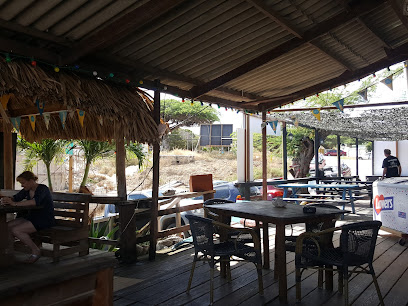
Cactus Cafe
Discover Cactus Cafe in Sabana Westpunt for an authentic taste of Curaçao's vibrant cuisine amid stunning coastal views.
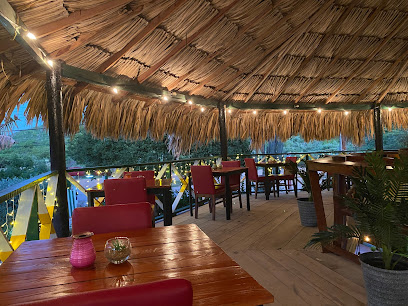
Bistro e lanternu
Discover authentic flavors at Bistro e Lanternu in Curaçao – where fresh ingredients meet cozy ambiance for an unforgettable dining experience.

Isabelle Off The Beach
Experience the exquisite flavors of Curaçao at Isabelle Off The Beach, where every meal is a culinary journey amidst breathtaking ocean views.

Kunuku Pachi Colá
Experience authentic Caribbean flavors at Kunuku Pachi Colá in Westpunt, Curaçao – where fresh ingredients meet warm hospitality.

Coast Beach Restaurant @ Blue Bay Curaçao Golf & Beach Resort
Experience exquisite dining with ocean views at Coast Beach Restaurant in Blue Bay Curaçao - where eclectic flavors meet Caribbean charm.
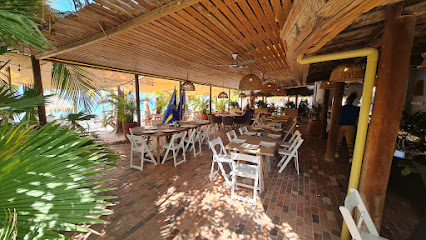
Cast away beach bar curacao
Experience tropical bliss at Cast Away Beach Bar in Curaçao - where delicious food meets breathtaking ocean views.
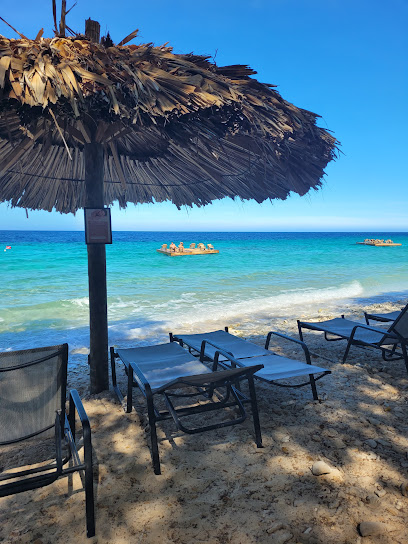
Markets, malls and hidden boutiques
Sambil Curacao
Experience the ultimate shopping and entertainment destination at Sambil Curacao, where vibrant culture meets modern retail.
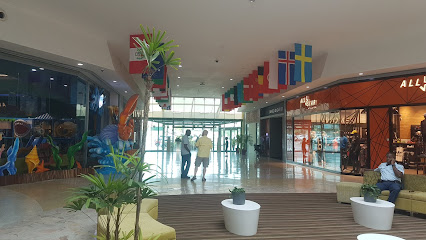
La Curacao
Discover La Curacao in Willemstad – a vibrant department store offering a vast selection of products that showcase the best of Curaçao.
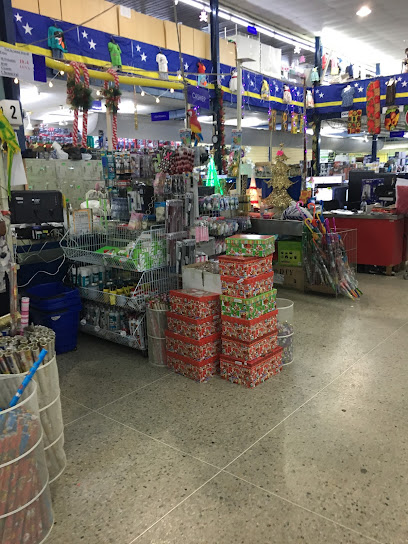
Chichi Shop Punda
Explore Chichi Shop Punda for unique souvenirs and handcrafted gifts that showcase the vibrant culture of Curaçao.

Sweetheart Curacao
Explore Sweetheart Curacao, a delightful toy store at Sambil Mall offering a magical shopping experience for children and families.
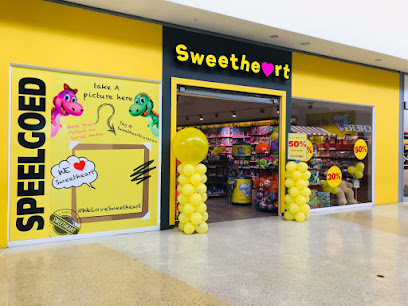
Bahia Diving
Explore the vibrant underwater world of Curaçao with Bahia Diving, where every dive reveals a new adventure in stunning marine landscapes.
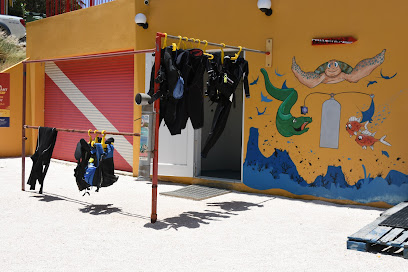
Playa Knip Smoothies
Discover the refreshing flavors of Playa Knip Smoothies, your go-to spot for tropical delights near the stunning beaches of Curaçao.
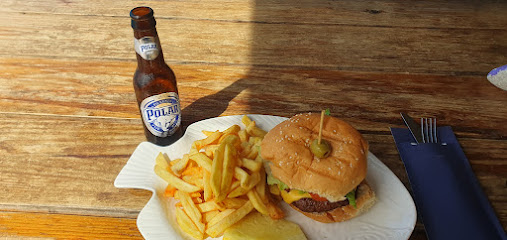
Concept Store by Sea & Sand
Explore the vibrant selection of local artisan products at Concept Store by Sea & Sand in Willemstad, where culture and creativity collide.
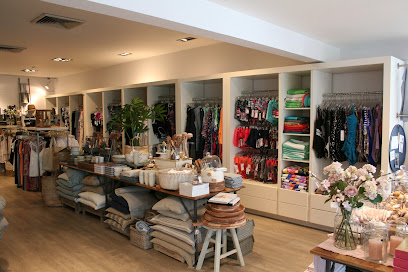
Jolly Fashion by Prakash
Shop unique Caribbean-style clothing, jewelry, and accessories at Jolly Fashion by Prakash in Willemstad, Curaçao.
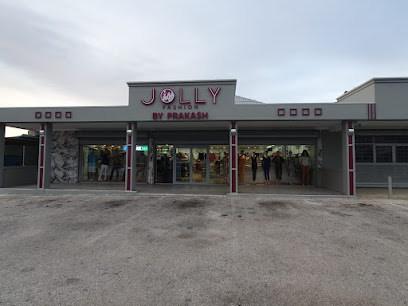
JOY by OPRA
Explore JOY by OPRA, a vibrant gift shop in Willemstad offering unique local crafts and souvenirs that celebrate the spirit of Curaçao.
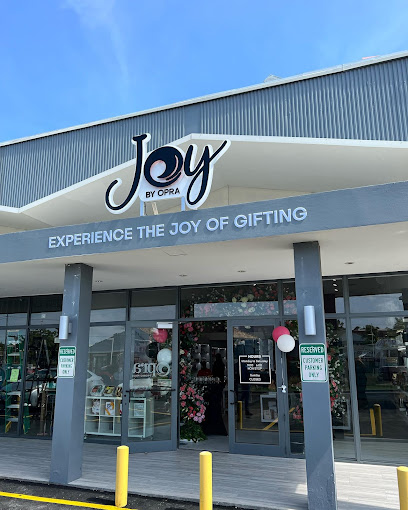
Island Treasures
Explore Island Treasures: Your destination for unique souvenirs and local crafts in the heart of Willemstad, Curaçao.
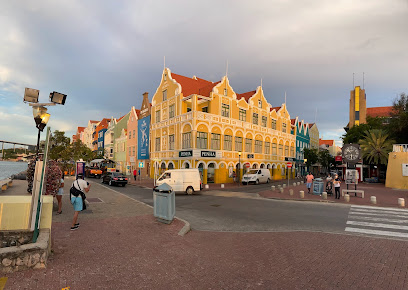
I love Curacao #The hidden beauty of the Caribbean
Explore I Love Curacao, a vibrant souvenir store in Willemstad offering authentic local crafts and unique gifts that celebrate the Caribbean spirit.
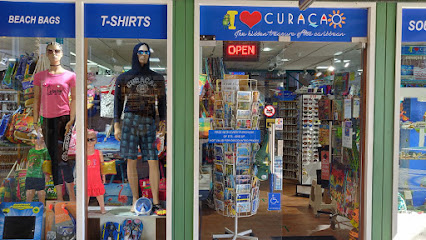
Britt Shop
Explore Britt Shop in Curaçao for unique gifts and souvenirs that embody the island's vibrant culture and rich heritage.

Unique point
Discover Unique Point in Willemstad for the finest men's clothing selection, blending style and quality in a vibrant shopping atmosphere.

Buy Wise
Discover unique fashion finds at Buy Wise, a trendy clothing store in Willemstad, Curaçao, perfect for tourists seeking style and quality.

AURA FASHION
Discover stylish women's clothing at AURA FASHION, a vibrant boutique in Willemstad, Curaçao, perfect for trendy outfits and local fashion.

Essential bars & hidden hideouts
Pirate Bay Curaçao Beach Club and Restaurant
Discover the vibrant atmosphere and stunning beachfront at Pirate Bay Curaçao Beach Club and Restaurant, a true Caribbean paradise.
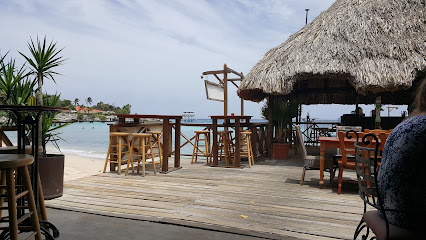
Daaibooi Beach Bar
Discover the vibrant atmosphere of Daaibooi Beach Bar, where stunning ocean views meet delightful local cuisine in the heart of Curaçao.
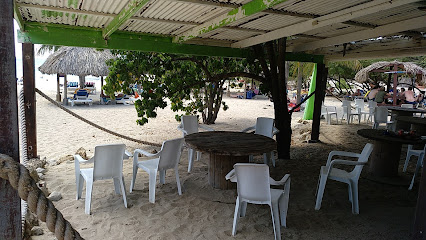
Shelterrock Paradise
Discover the lively Shelterrock Paradise in Curaçao—where delicious food meets vibrant live music for an unforgettable dining experience.
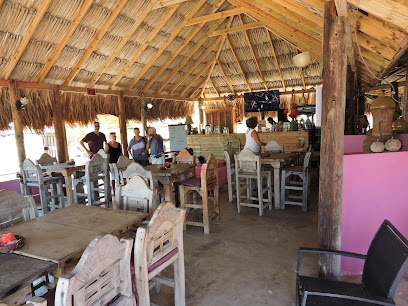
Netto Bar
Discover the lively ambiance and exceptional drinks at Netto Bar, a cultural gem in Willemstad, Curaçao’s vibrant nightlife scene.
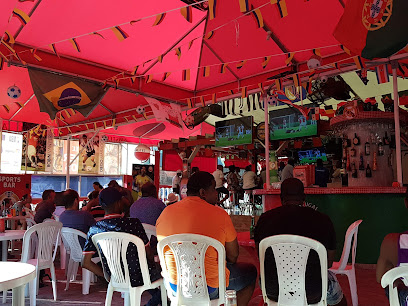
Bahia Beach Bar & Restaurant
Experience the ultimate Caribbean dining at Bahia Beach Bar & Restaurant in Lagun, Curaçao, with breathtaking views and delectable local cuisine.
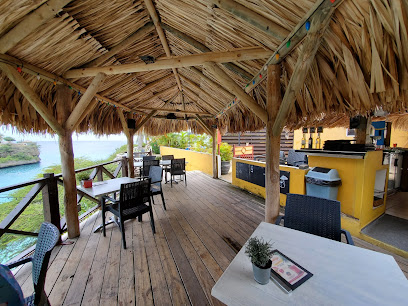
Discover Lagun
Experience the culinary delights of Curaçao at Discover Lagun, where local flavors meet stunning views in a relaxed atmosphere.
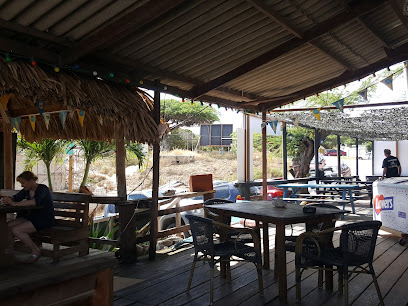
La Fogata Terrace & Sports Bar
Savor the Caribbean flavors and vibrant nightlife at La Fogata Terrace & Sports Bar in Willemstad, Curaçao, a hotspot for food and fun.

Doo-shee cocktail bar
Experience the vibrant nightlife at Doo-shee Cocktail Bar in Willemstad, offering creative cocktails and an energetic atmosphere for all.
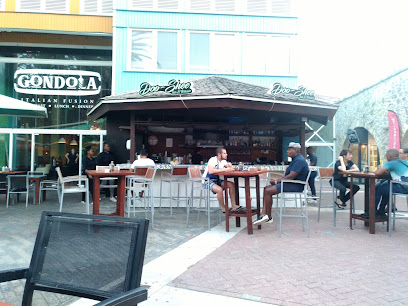
The World Best Mojito Bar
Discover the refreshing flavors of The World Best Mojito Bar in Willemstad, where the Caribbean spirit comes alive with every sip of mojito.

Blend Beach Bar @ Blue Bay Curaçao Golf & Beach Resort
Discover Blend Beach Bar at Blue Bay Curaçao Resort, where stunning views, refreshing cocktails, and delightful cuisine create a Caribbean paradise.
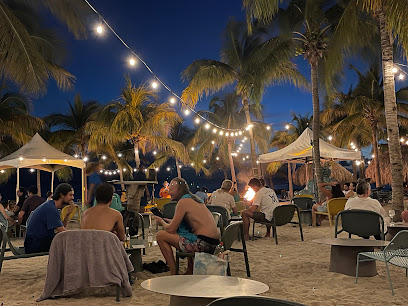
Infinity Pool Bar & Grill
Experience a delightful fusion of Caribbean barbecue and refreshing drinks at Infinity Pool Bar & Grill in stunning Willemstad.
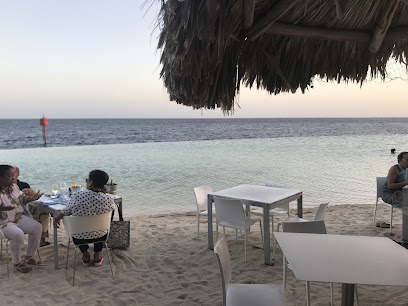
Flamingo Beach Bar
Experience the laid-back charm of Flamingo Beach Bar, a vibrant beachfront destination in Curaçao, perfect for relaxation and socializing.

Coco Pool Bar
Discover the charm of Coco Pool Bar in Willemstad, where relaxation meets tropical bliss amidst stunning island views and refreshing drinks.

Tabú Bar & Bites Curacao
Discover the vibrant nightlife of Willemstad at Tabú Bar & Bites Curacao, where handcrafted cocktails and delicious bites await.
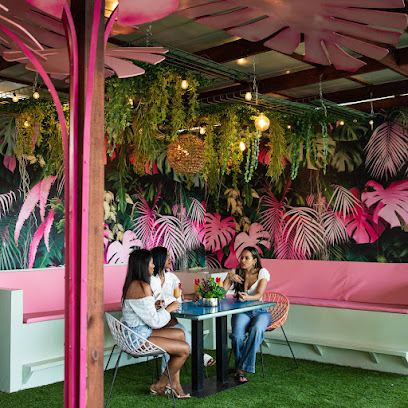
Bow di palu snack
Experience the vibrant atmosphere and local flavors at Bow di Palu Snack, a must-visit bar in Jan Donker, Curaçao, perfect for relaxation and socializing.
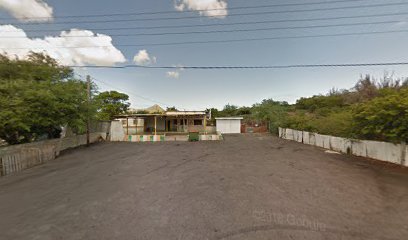
Local Phrases about Playa Jeremi
-
- HelloBon dia
[Bon dee-ah] - GoodbyeAyo
[A-yo] - YesSi
[See] - NoNo
[No] - Please/You're welcomePor fabor
[Por fa-bor] - Thank youDanki
[Dan-kee] - Excuse me/SorryPardon
[Par-don] - How are you?Kon ta bai?
[Kon ta bye?] - Fine. And you?Bon. I boso?
[Bon. E bo-so?] - Do you speak English?Bo papia ingles?
[Bo pa-pia ing-gles?] - I don't understandMi no ta kompronde
[Mee no ta kom-pron-de]
- HelloBon dia
-
- I'd like to see the menu, pleaseMi ke mira e menú, por fabor
[Mee kee mee-ra e meh-noo, por fa-bor] - I don't eat meatMi no ta kome karni
[Mee no ta ko-me kar-nee] - Cheers!Salud!
[Sa-loot] - I would like to pay, pleaseMi ke paga, por fabor
[Mee kee pa-ga, por fa-bor]
- I'd like to see the menu, pleaseMi ke mira e menú, por fabor
-
- Help!Yudami!
[Yoo-da-mee] - Go away!Salii for di aki!
[Sa-lee for dee a-kee] - Call the Police!Yama polis!
[Ya-ma po-lees] - Call a doctor!Yama dokter!
[Ya-ma dok-ter] - I'm lostMi a bira perdi
[Mee a bee-ra per-dee] - I'm illMi ta malu
[Mee ta ma-loo]
- Help!Yudami!
-
- I'd like to buy...Mi ke kumpra...
[Mee kee koom-pra] - I'm just lookingMi ta wak solamente
[Mee ta wak so-la-men-te] - How much is it?Kuantu ta esaki?
[Kwan-too ta e-sa-kee] - That's too expensiveEsaki ta muchu karu
[E-sa-kee ta moo-choo ka-roo] - Can you lower the price?Bo por baha e prijs?
[Bo por ba-ha e prize]
- I'd like to buy...Mi ke kumpra...
-
- What time is it?Kuantu ora e ta?
[Kwan-too or-a e ta] - It's one o'clockE ta un ora
[E ta oon or-a] - Half past (10)Mitad di dies
[Mee-tad dee dees] - MorningMadrugada
[Mad-roo-ga-da] - AfternoonTardi
[Tar-dee] - EveningAnochi
[A-no-chee] - YesterdayAyera
[A-ye-ra] - TodayAwe
[A-weh] - TomorrowMañan
[Ma-nyan] - 11
[1] - 22
[2] - 33
[3] - 44
[4] - 55
[5] - 66
[6] - 77
[7] - 88
[8] - 99
[9] - 1010
[10]
- What time is it?Kuantu ora e ta?
-
- Where's a/the...?Unda ta e...?
[Oon-da ta e...?] - What's the address?Kiko ta e adres?
[Kee-ko ta e a-dres?] - Can you show me (on the map)?Bo por mustra mi (riba e mapa)?
[Bo por moos-tra mee (ree-ba e ma-pa)?] - When's the next (bus)?Ki ora ta bini e siguiente (bus)?
[Key or-a ta bee-nee e see-gi-en-te (boos)?] - A ticket (to ....)Un tiki (pa ....)
[Oon tee-kee (pa ....)]
- Where's a/the...?Unda ta e...?
History of Playa Jeremi
-
Long before European colonization, the area around Playa Jeremi was inhabited by the indigenous Arawak people. They lived off the land, fishing in the abundant waters and cultivating crops. Evidence of their existence can still be found in the form of ancient rock carvings and pottery shards scattered around the region.
-
In 1499, Spanish explorers led by Alonso de Ojeda arrived on the island of Curacao. They were the first Europeans to encounter the stunning coastline of Playa Jeremi. While initial settlement efforts by the Spanish were minimal, the region began to appear on European maps, marking the beginning of its recorded history.
-
In 1634, the Dutch West India Company seized control of Curacao from the Spanish. Playa Jeremi, like the rest of the island, became an important stopover for ships involved in the Atlantic slave trade. The Dutch established plantations and salt mines, using slave labor to fuel their economic activities.
-
During the 17th and 18th centuries, the Caribbean Sea was a hotspot for pirate activity. The secluded coves and hidden beaches of Playa Jeremi provided excellent hideouts for these maritime outlaws. Local folklore is rich with tales of buried treasure and pirate escapades in the area.
-
The abolition of slavery in 1863 marked a significant turning point for Playa Jeremi and Curacao as a whole. Freed African slaves and their descendants began to establish their own communities, infusing the area with a vibrant mix of African, Caribbean, and European cultures. This cultural fusion is evident in the local music, dance, and culinary traditions.
-
With the advent of air travel in the mid-20th century, Playa Jeremi began to attract tourists from around the world. Its pristine beaches, crystal-clear waters, and rich history made it a popular destination for vacationers. The area saw the development of hotels, restaurants, and other amenities to cater to the growing number of visitors.
-
In recent years, there has been a growing emphasis on environmental conservation and sustainable tourism in Playa Jeremi. Local organizations and government initiatives have been working to preserve the natural beauty and historical integrity of the area. Efforts include beach cleanups, coral reef restoration projects, and educational programs aimed at promoting eco-friendly tourism.
Playa Jeremi Essentials
-
Playa Jeremi is located on the northwestern coast of Curacao. The nearest international airport is Hato International Airport, approximately 30 kilometers away. From the airport, you can rent a car, take a taxi, or use a shuttle service to reach Playa Jeremi. The drive typically takes around 45 minutes.
-
While Playa Jeremi itself is relatively secluded, renting a car is the most convenient way to explore the surrounding areas and get to the beach. Taxis are also available but can be expensive for longer distances. Public buses do operate on the island, but schedules can be irregular, so they are not the most reliable option for tourists. Biking is another option if you're staying close to the beach.
-
The official currency in Curacao is the Netherlands Antillean Guilder (ANG), but US Dollars are widely accepted. Credit cards are accepted in most hotels, restaurants, and larger shops, but it is advisable to carry some cash, especially for smaller establishments or beachside vendors. ATMs are available in the larger towns, but may not be as accessible near Playa Jeremi, so plan accordingly.
-
Curacao is generally a safe destination for tourists, and Playa Jeremi is no exception. However, it is always wise to take standard precautions. Avoid leaving valuables unattended on the beach and be cautious when walking alone at night. Areas like Punda and Otrabanda in Willemstad have higher crime rates targeting tourists, so stay vigilant in those neighborhoods.
-
In case of emergency, dial 911 for immediate assistance. The nearest medical facility is the St. Elisabeth Hospital in Willemstad, about a 45-minute drive from Playa Jeremi. It is recommended to have travel insurance that covers medical emergencies. For minor health issues, there are pharmacies in the larger towns where you can purchase over-the-counter medications.
-
Fashion: Do wear comfortable beachwear, but avoid overly revealing clothing when away from the beach. Religion: Do respect local customs and traditions, particularly if visiting religious sites. Public Transport: Do be patient; public buses can be slow and irregular. Don't rely solely on public transport for timely travel. Greetings: Do greet people with a friendly 'Bon Bini' (Welcome) or 'Kon ta bai?' (How are you?). Eating & Drinking: Do try local delicacies like Keshi Yena and Funchi. Don't refuse food or drink offered by locals, as it is considered impolite.
-
To experience Playa Jeremi like a local, visit the beach early in the morning or late in the afternoon to avoid the hottest part of the day and the peak tourist times. Engage with local vendors and try their homemade snacks and drinks. Don't miss the opportunity to go snorkeling; the waters around Playa Jeremi are teeming with marine life. For a unique experience, take a short drive to the nearby Christoffel National Park and hike to the top of Christoffel Mountain for stunning views.
Nearby Cities to Playa Jeremi
-
Things To Do in Westpunt
-
Things To Do in Soto
-
Things To Do in Barber
-
Things To Do in Sint Michiel
-
Things To Do in Julianadorp
-
Things To Do in Willemstad
-
Things To Do in San Nicolas
-
Things To Do in Savaneta
-
Things To Do in Santa Cruz
-
Things To Do in Pos Chiquito
-
Things To Do in Paradera
-
Things To Do in Sero Blanco
-
Things To Do in Tanki Leendert
-
Things To Do in Oranjestad
-
Things To Do in Noord











